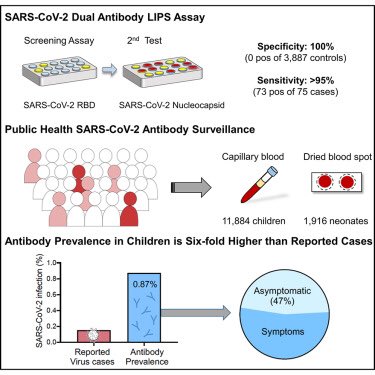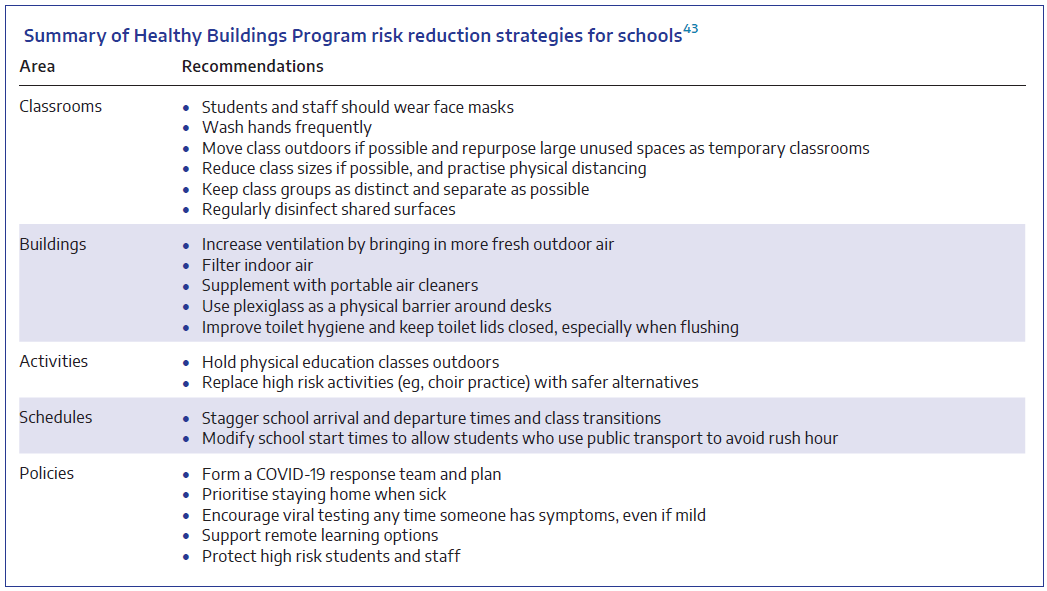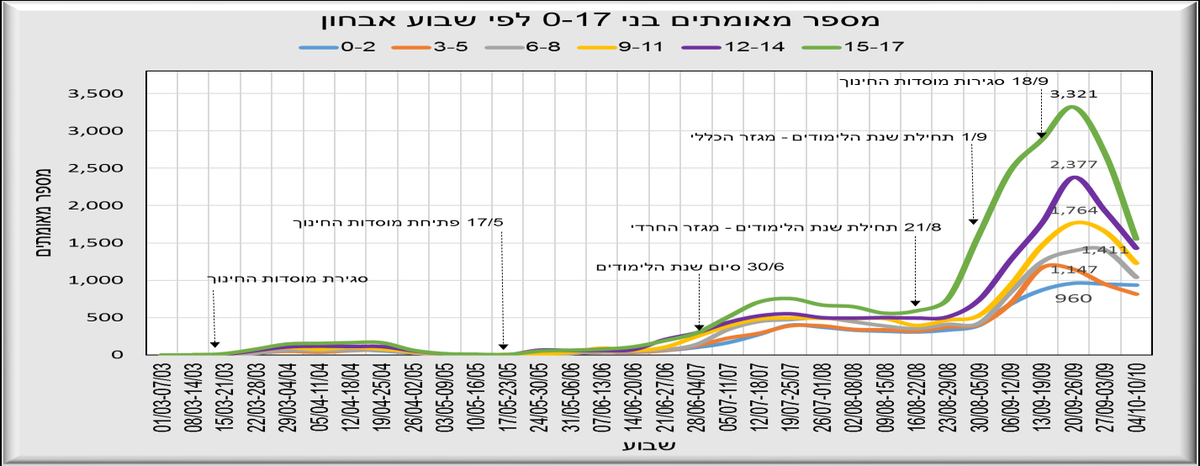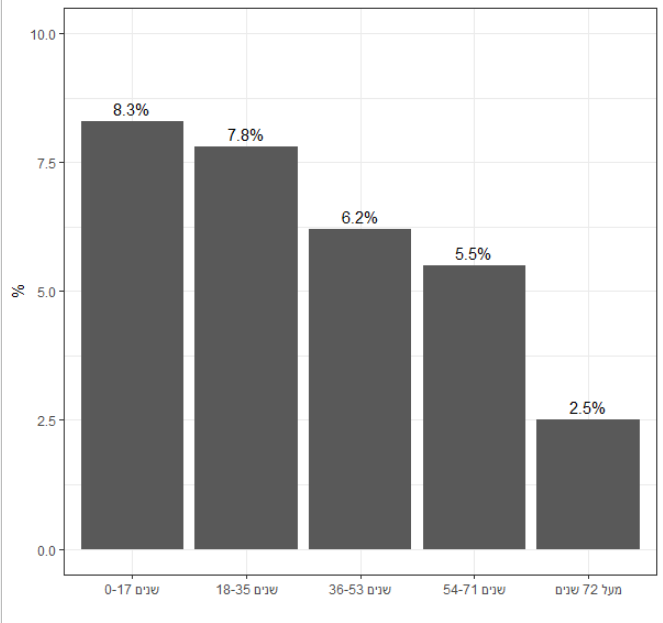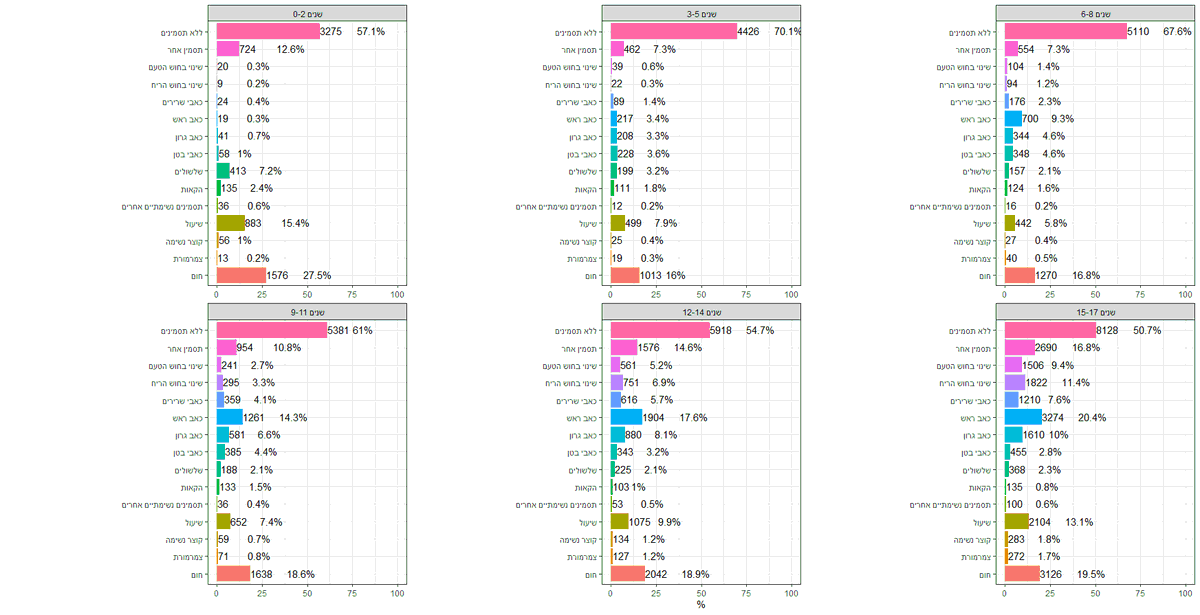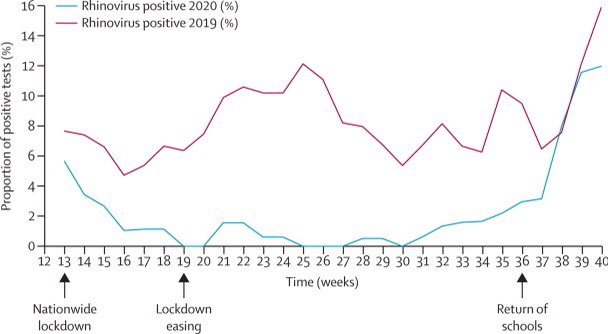
(1/4) Study of #SARSCoV2 antibody prevalence in primary and high school children from Belgium, comparing a hotspot (Alken) with a less affected region (Pelt).
When community transmission is high, young and older children are equally affected.
sciensano.be/sites/default/…
When community transmission is high, young and older children are equally affected.
sciensano.be/sites/default/…

(2/4) This was a study of primary school children & those in the first 3 years of high school from two regions in Belgium.
Alken was a hotspot in the first wave (18.2 cases per 1,000 inhabitants), while Pelt was less affected (3.3/1,000). Blood was collected September - October.
Alken was a hotspot in the first wave (18.2 cases per 1,000 inhabitants), while Pelt was less affected (3.3/1,000). Blood was collected September - October.
(3/4) In Alken (the hotspot), antibody prevalence was similar in children (13.3%) and adolescents (15.4%).
In Pelt, 8.9% of high school children had antibodies, while none of the primary school children did.
In Pelt, 8.9% of high school children had antibodies, while none of the primary school children did.
(4/4) This suggests children and teenagers are equally susceptible.
Both are at similar risk when community transmission is high. When low, older children may be more at risk due to different contact patterns (more opportunity to socialise with peers outside school for example).
Both are at similar risk when community transmission is high. When low, older children may be more at risk due to different contact patterns (more opportunity to socialise with peers outside school for example).

• • •
Missing some Tweet in this thread? You can try to
force a refresh


